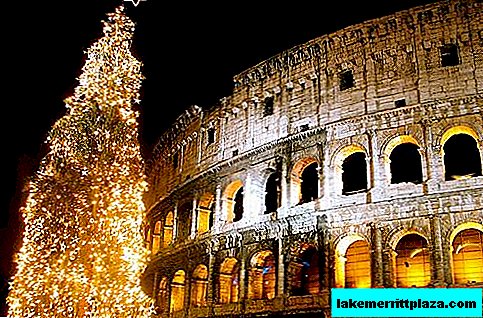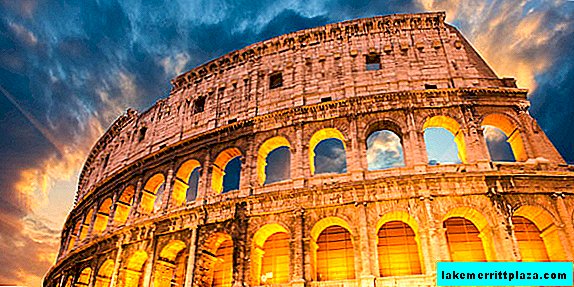Well this is a childhood dream, pictures from a history textbook. Here she is - Nefertiti, beautiful, perfect, with a long neck and slanting eyes! Well, how can this be missed while in Berlin? !!

Egyptian Museum (Ägyptisches Museum und Papyrussammlung), photo by Frank M. Rafik
Museum Creation
The Egyptian Museum grew out of the Egyptian collection of Frederick William III. The museum was formed in 1828 on the recommendation of the German scientist encyclopedist Alexander von Humboldt. The first head of the Egyptian department, originally housed in the Montbijou palace in Berlin, was a merchant from Trieste, Giuseppe Passalacqua. It was his archaeological collection that formed the basis of the department. In 1842-1845, the exposition was replenished with archaeological finds of the expedition of Karl Richard Lepsius.
Finally, in 1850, the Egyptian Museum (Ägyptisches Museum und Papyrussammlung) was located under the arches of the New Museum on Museum Island, the author of the building project was Friedrich August Stüler.

Bust of Nefertiti (c. 1338 BC), photo by Magnus Manske
In 1920, James Simon presented the museum with a bust of the Egyptian queen Nefertiti, he financed an Egyptian excavation led by Ludwig Borchardt in Amarna and managed to take artifacts to Germany. The bust is the most valuable exhibit of the museum. A personal room with special lighting has been allocated for him.

Museum exhibit, photo by kairoinfo4u
During the Second World War, the museum funds were divided, as in 1943, the New Museum was seriously damaged, and many exhibits burned down. The collection was taken to different parts of the country, the bust of Nefertiti was stored in the mine of the saltworks of the Thuringian land, then it was taken out and exhibited at the Wiesbaden Museum. After the war, the main part of the collection of the Egyptian Museum, remained in eastern Germany, since 1967, exhibited in the Shtuler building.
Egyptian Museum - one of the interesting museums in Berlin

Papyrus, photo by kairoinfo4u
Since 2009, the Egyptian Museum has been housed in the restored New Museum. Due to the large volume of archaeological finds and their large size, exhibitions are problematic. According to the plans of the Museum Island, monumental sculptural and archaeological objects of the collection, like the courtyard of the memorial temple of Sahura and the gates from the Kalabshi temple complex, will be displayed in the Pergamon Museum.

The new museum, which houses the collection of the Egyptian Museum, photo Janericloebe
How to get there
Take the U2 metro to Spittelmarkt, Märkisches Museum, Hausvogteiplatz, Klosterstraße, or U6 to Friedrichstraße;
by tram M1, 12 to the stop Am Kupfergraben or M4, M5, M6 to the stop Hackescher Markt;
City train S5, S7, S75 to Hackescher Markt station or S1, S2, S25 to Friedrichstraße station.








